Cultural Influences in Commercial Architecture
The diverse cultural heritage of the world is reflected in its architecture. Commercial buildings are not just structures; they are expressions of a region’s history, traditions, and beliefs. In this global exploration of design and style, we’ll reveal how various cultures influence commercial architecture.
EAPC Architect Rachel Harris shares her insights, saying, “My passion for travelling has led me to my love of architecture. I am always fascinated by the unique vernacular of a country, town, or region. It’s interesting to see the way the landscape, architecture, and public spaces connect and intertwine to make a place that is reflective of the culture, people and history in its own authentic way.” Her observations set the stage for a journey into different cultural aspects of commercial architecture.
In Japan, the art of minimalism is deeply rooted in Zen Buddhism. The concept of ‘Ma’, or the significance of emptiness and simplicity, resonates throughout Japanese commercial architecture. By utilizing natural materials like wood and stone and employing traditional joinery techniques, structures like Tokyo’s Omotesando Hills shopping complex become embodiments of elegance and simplicity.
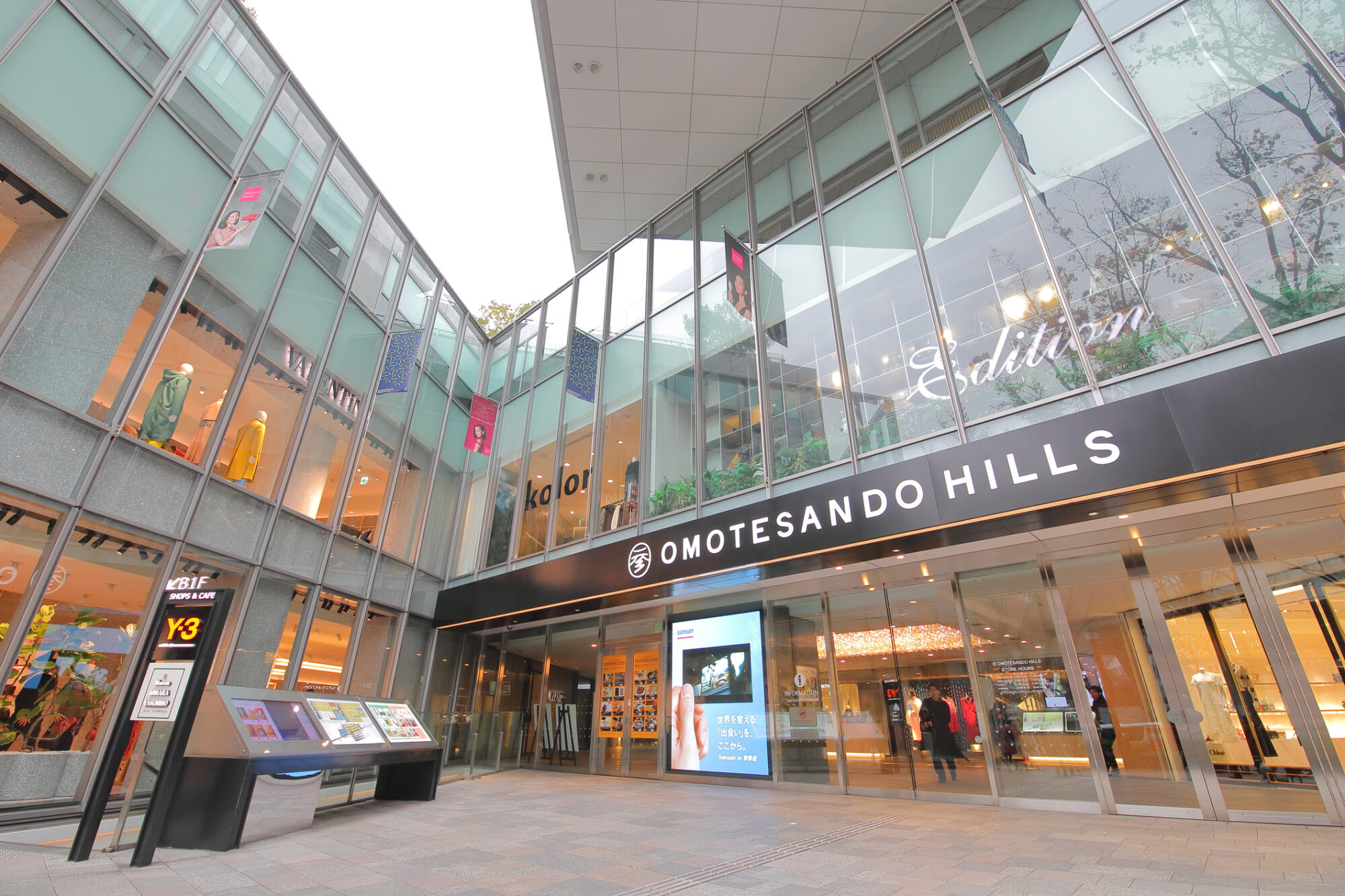
Islamic architecture in the Middle East draws from the cultural prohibition against depicting living forms. Instead, intricate geometric patterns, tile work, calligraphy, and symmetrical designs flourish. The King Fahad National Library in Saudi Arabia beautifully represents these principles, merging ancient Islamic art with modern architectural techniques.
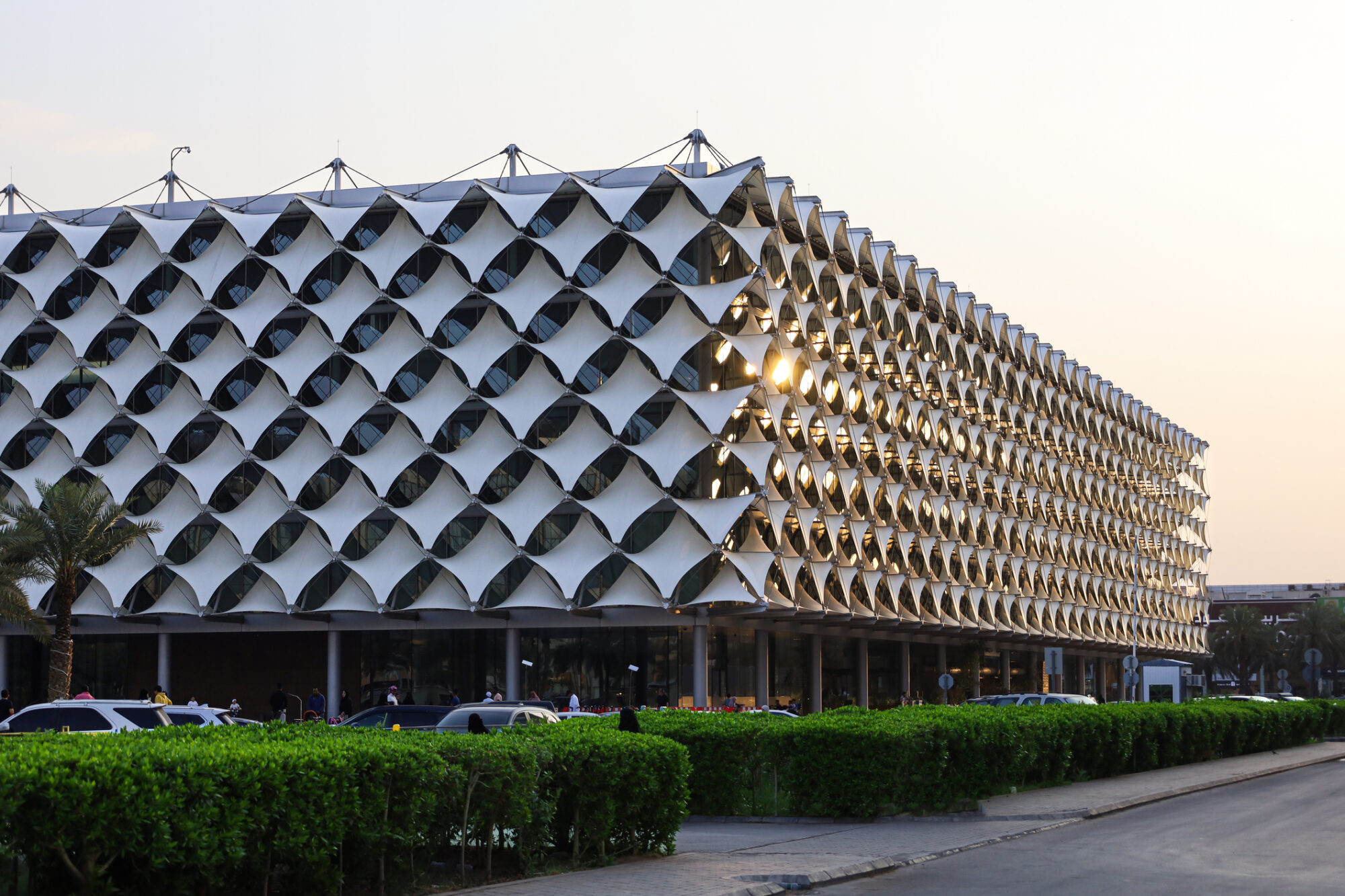
Europe’s architectural heritage is heavily influenced by Renaissance and Baroque principles. The emphasis on symmetry, proportion, and rich ornamentation is palpable in structures like Paris’ Palais Garnier. The use of grand columns, domes, and ornate detailing reflects a time of artistic flourishing and continues to inspire commercial buildings today.
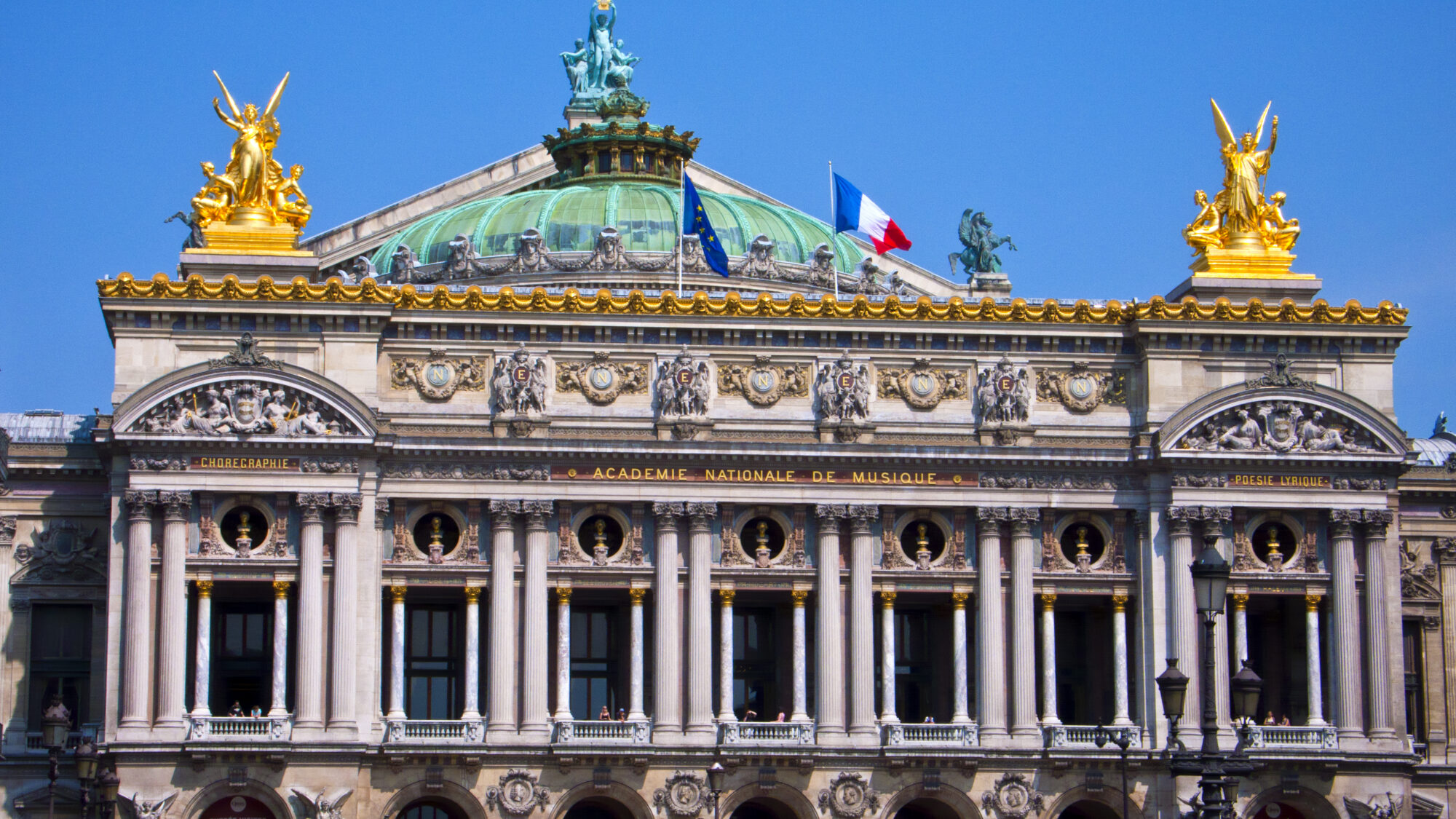
African Vernacular Architecture
In Africa, commercial architecture often focuses on community-centric design and respect for regional traditions. Utilizing local materials like mud, thatch, and wood, structures like the Great Mosque of Djenné in Mali represent the essence of Sudano-Sahelian architecture, blending form and function in harmony with the local environment.
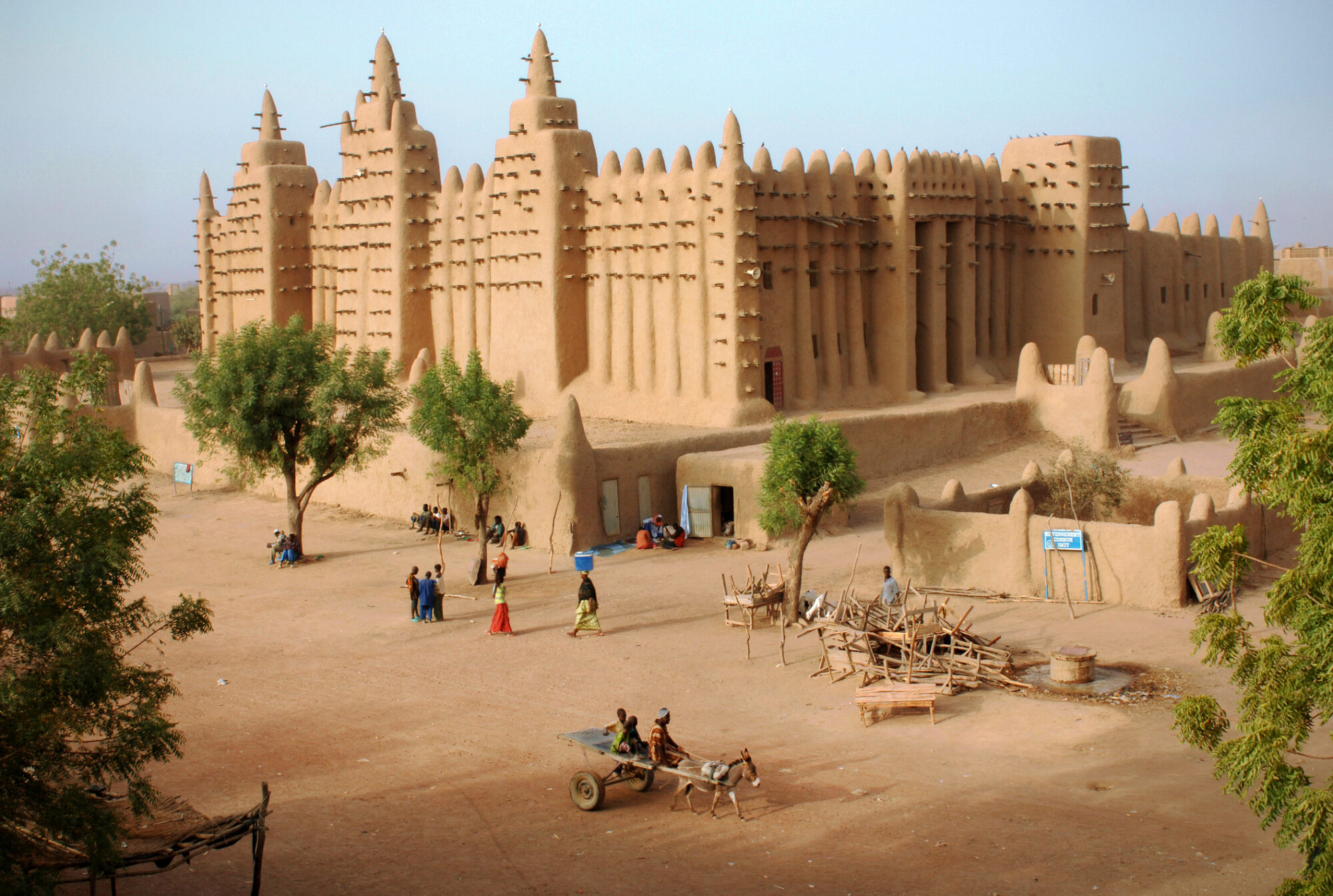
Brazil’s modernist movement took a bold approach, emphasizing free-form designs and integration with the lush tropical landscape. The use of materials like reinforced concrete and glass allowed for innovative shapes, as seen in Oscar Niemeyer’s Niterói Contemporary Art Museum. The building’s curves and lines are a testament to a unique architectural language.
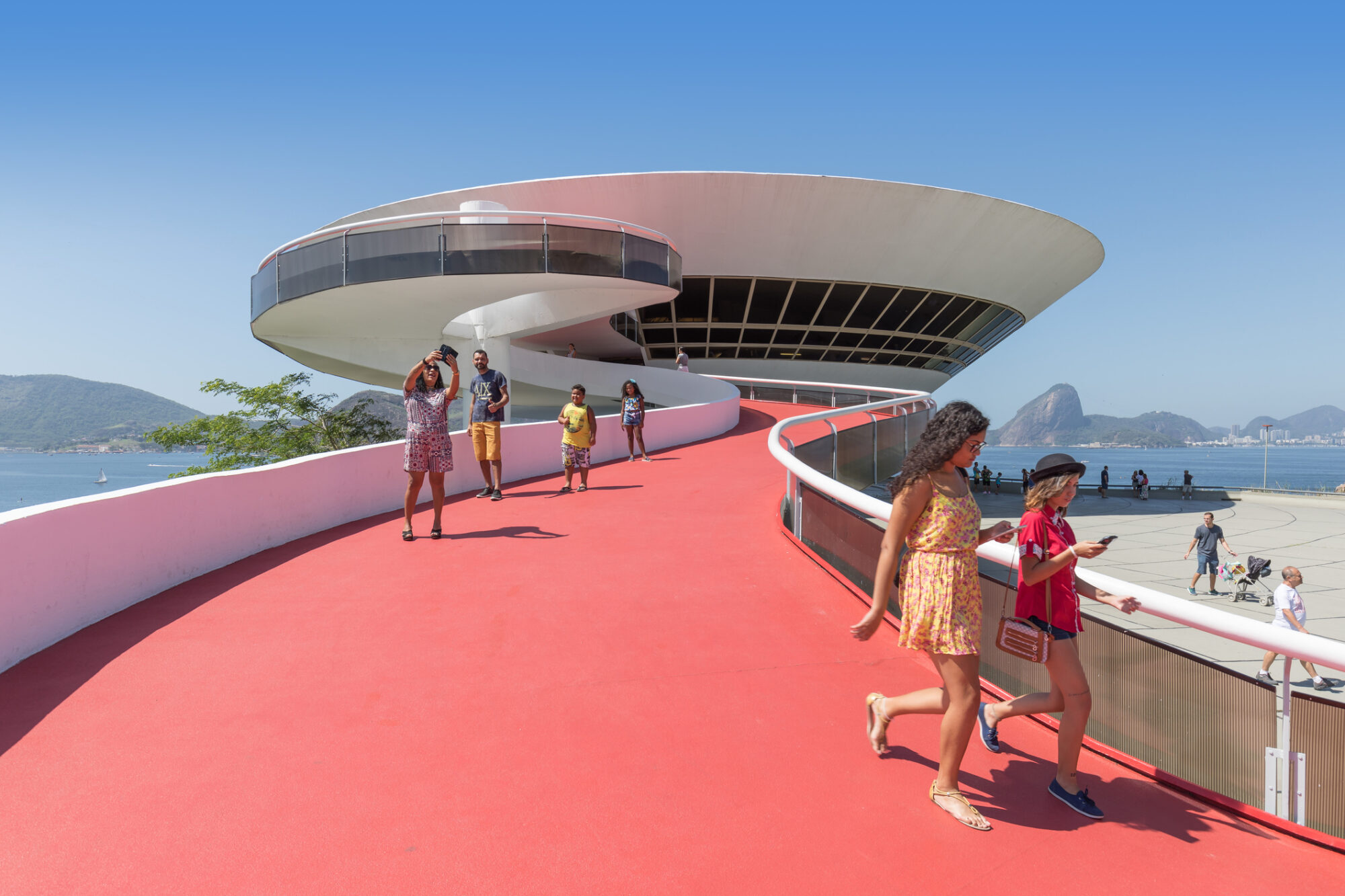
India’s commercial architecture is a blend of rich traditional motifs and modern sensibilities. The Lotus Temple in New Delhi, for example, merges ancient symbolism with contemporary design. By using local stone and intricate carvings alongside modern materials, a connection between past and present is effortlessly established.
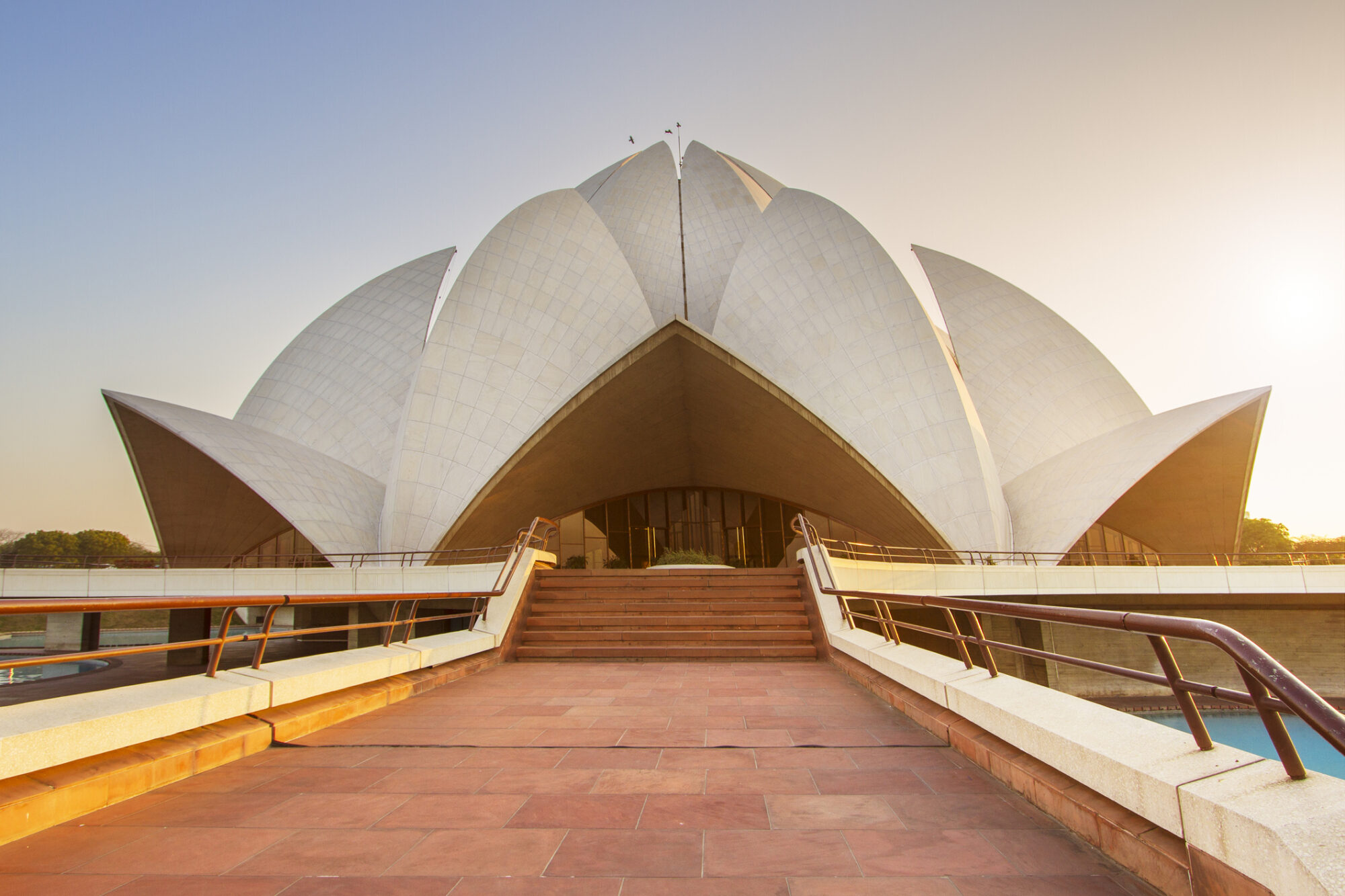
The Scandinavian approach to commercial architecture emphasizes both functionality and environmental responsibility. Green roofs, solar panels, and energy-efficient design are integral to this style. The Copenhagen International School, with its solar-powered façade, is a perfect example of this marriage between innovative design and sustainable practice.
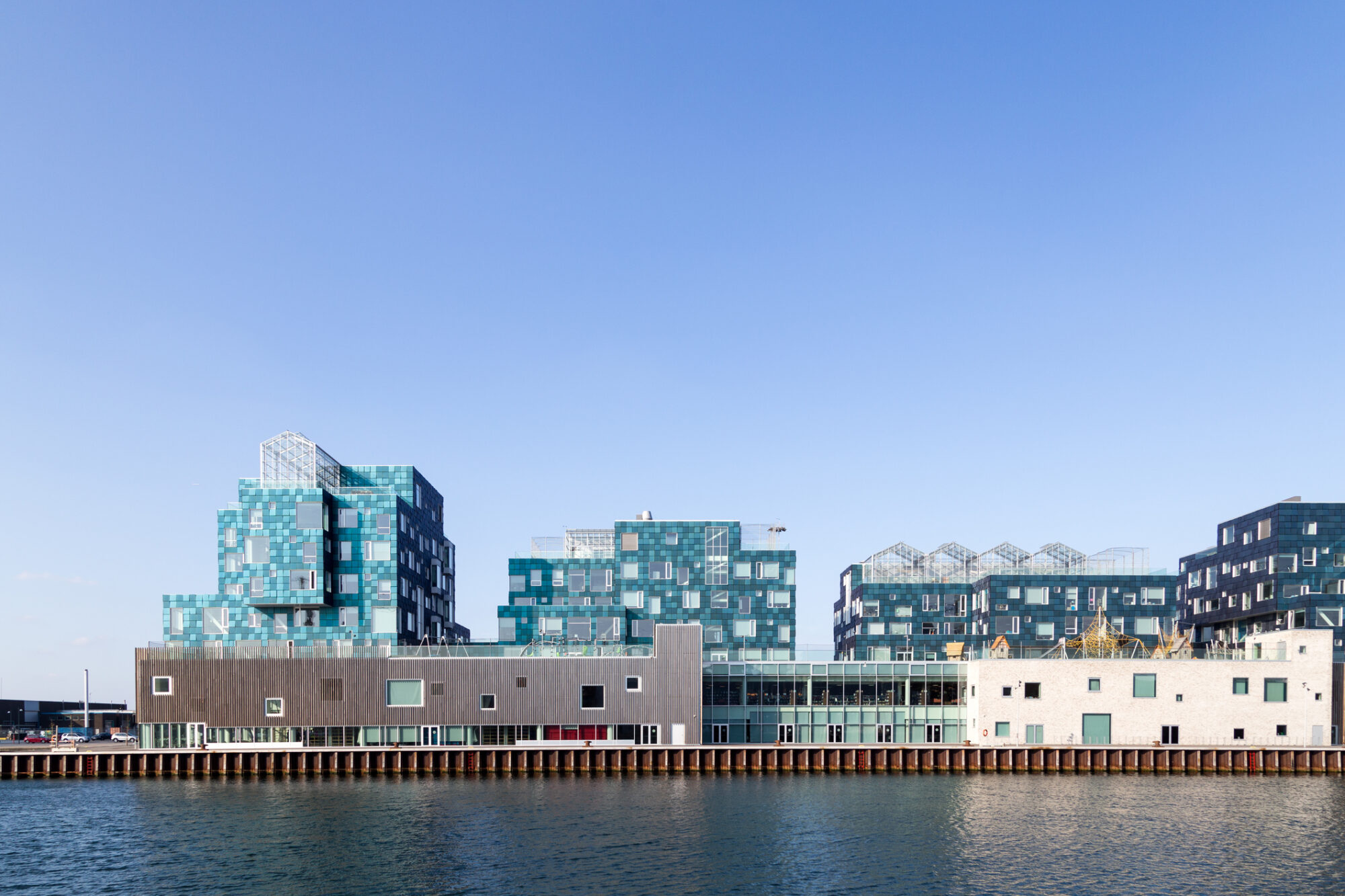
Reflecting on the various styles, Rachel Harris adds, “Understanding these cultural influences is key to creating architecture that resonates with local sensibilities while embracing global aesthetics. It allows us to craft spaces that are both functional and meaningful, transcending mere structures to become integral parts of the communities they serve.”
The cultural influences in commercial architecture are vast and multifaceted. From the understated elegance of Japanese minimalism to the community-oriented designs in Africa, each style presents a unique perspective on how culture shapes our built environment. These global influences not only allow architects like Rachel Harris and designers to create engaging and meaningful spaces but also foster a sense of global unity. By appreciating and integrating these diverse cultural principles, commercial architecture becomes a dialogic platform where tradition meets innovation, and local identity is celebrated on a global stage.